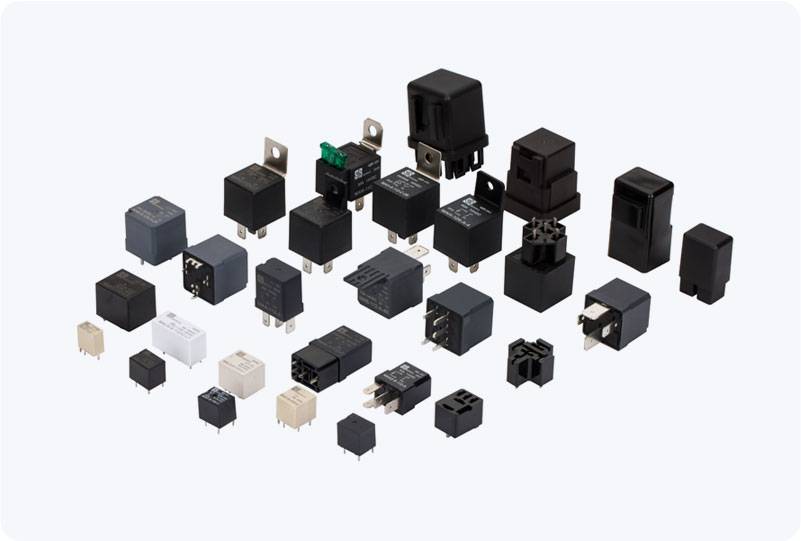In modern vehicles, a wide range of electrical components ensures smooth operation, from powering the headlights to enabling the car’s engine management system. Two crucial components in a car’s electrical system are relays and fuses. Although both play vital roles in the safety and functionality of the car’s electrical circuits, they serve distinctly different purposes. Understanding the differences between a relay and a fuse in a car is essential for anyone who wishes to maintain their vehicle’s electrical system properly. This article will delve into the functions, purposes, and key differences between these two components, shedding light on their roles in modern automobiles.

What is a Relay in a Car? A relay is an electrically operated switch that allows low-power circuits to control high-power components. The primary function of a relay is to act as an intermediary switch that can handle high current without overloading the triggering circuit. Relays are typically used in car systems that require the switching of high-current devices, such as headlights, fuel pumps, and air conditioning systems. A relay consists of an electromagnet, a spring-loaded arm, and a set of contacts. When a low-power current flows through the electromagnet, it generates a magnetic field, which in turn pulls the arm, causing the contacts to close or open the circuit. The activation of the relay allows power to flow to the device it controls, without subjecting the triggering circuit to the same high current.